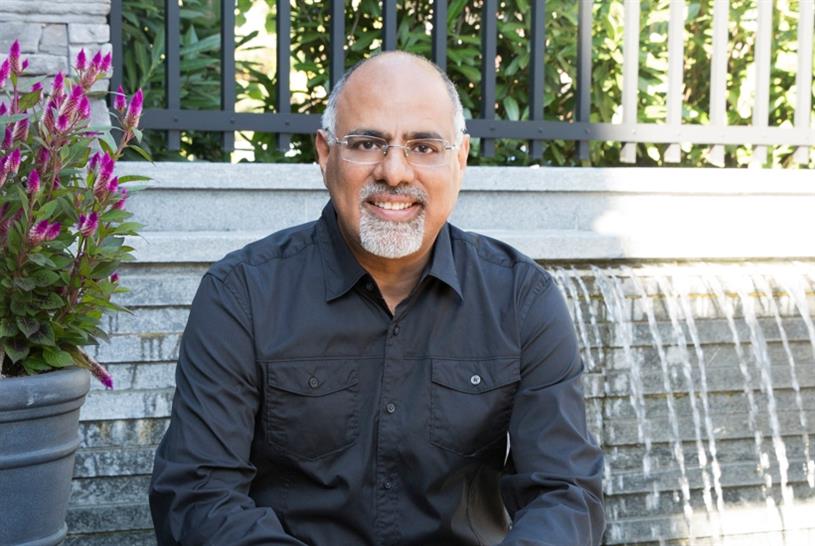When marketers make every dimension of their brand work for consumers, they can forge stronger more meaningful connections that last. With the rise of new technology, marketers need to deliver immersive, non-intrusive experiences that resonate with the way consumers live, shop and pay in an increasingly digital and mobile world. If brands don’t take this opportunity to reinvent themselves they’ll lose a chance to connect with their consumers.
The digital world around us is transforming at an incredible pace. Critically for brands today, the rise in voice-enabled devices is redefining how we engage at every point of the consumer journey. In 2018, the number of smart speakers in US households grew by 78 percent. By 2019, 50 percent of all US households will have a smart speaker. By 2020, half of all searches will be done through voice. Voice is no longer an afterthought when it comes to devices – consumers now expect to be able to converse with every device, whether it’s on their wrist, in their car or on their kitchen counter.
Sonic branding
What does this mean for brand evolution? It means consumers should not only see a brand logo, they should also hear a brand sound. A distinct sonic identity is a critical component to how people recognize a brand today, and how people will continue to recognize and connect with it into the future.
As we enter a time when consumers are searching the web simply with the sound of their voice, brands will need to find other, non-visual ways to connect with their audience across the channels they’re already using.
To match the iconic interlocking circles of our symbol brand, Mastercard has now introduced a comprehensive sound architecture. Consumers will associate Mastercard with a unique sound whenever and wherever they engage with our brand; from live events and marketing campaigns, to purchase transactions in-store, online and on every connected device.
Consumer demands for sonic components and new ways to engage with brands are driving a sensory revolution. The leading brands will identify and adapt to ensure that they remain relevant and relatable in every channel.
Sensory opportunities
New technologies are already catering to the consumer desire for sensory experiences and simultaneously opening up doors for brands to participate. For example, an Alexa Skill is a way for brands to seamlessly integrate into this consumer landscape. Voice-driven functionality allows marketers to engage with their consumers in seamless, easy and efficient ways that ultimately make consumers’ lives easier.
This type of engagement gives users greater flexibility and control over their interactions with brands and products. It also gives leading companies the chance to reinvent themselves and transform how they interact with consumers.
Looking ahead
To the marketers who do not see the value in giving your brand a “voice” in today’s digital age, I ask you to think about how sensory stimulants impact your life. It’s why carmakers want that ‘new car smell’ to last well beyond the first 100,000 miles. It’s why advertisers create jingles about mundane products that you recognize instantly. It’s why music has the power to transcend languages and break through cultural barriers.
Sensory branding isn’t coming – it’s already here. This is the time for marketers to insert ourselves into the new channels and technologies. This is the time to provide simple, seamless familiarity that drives relevance and, in my world, top of wallet behavior.
The brands that want to be remembered will latch onto the things people remember most vividly – and those things are sensory experiences.
Source: Marketers, find your voice!













